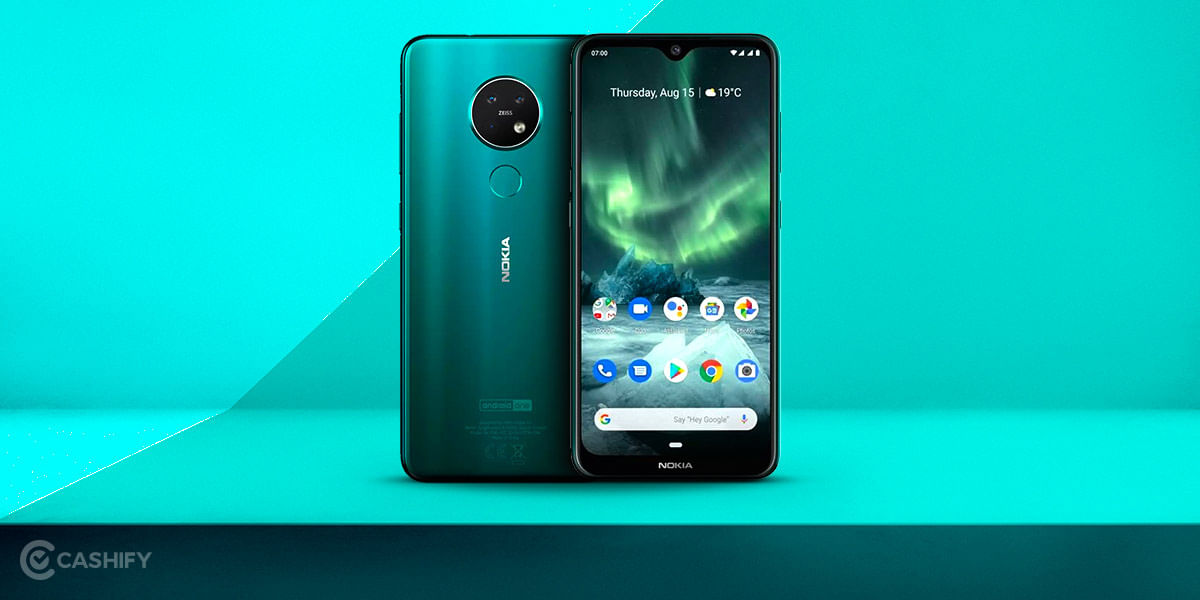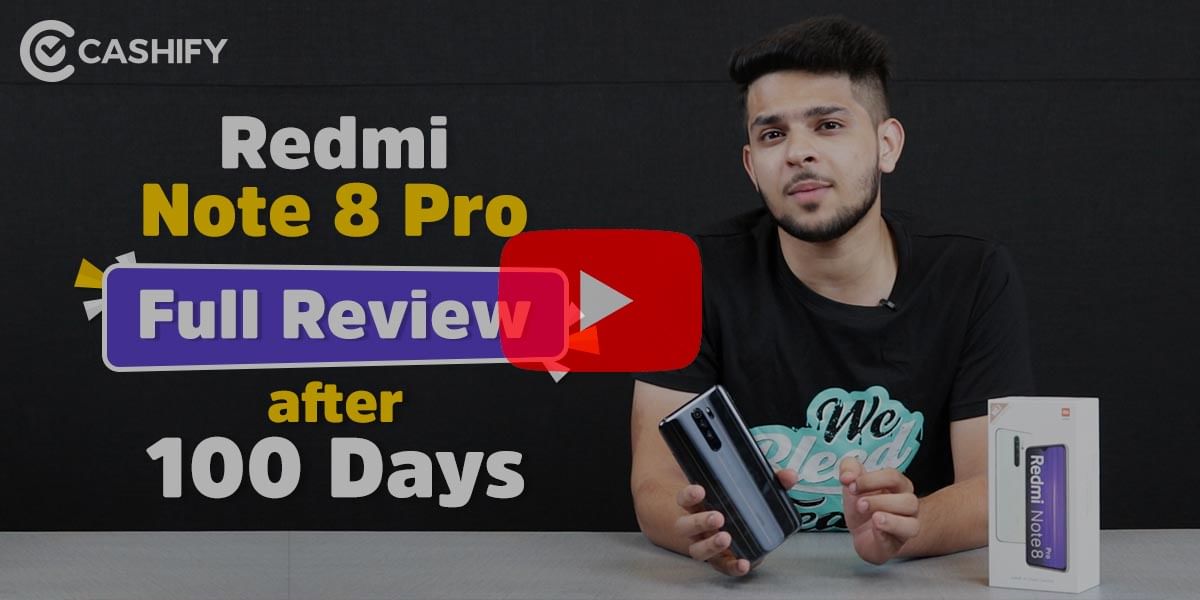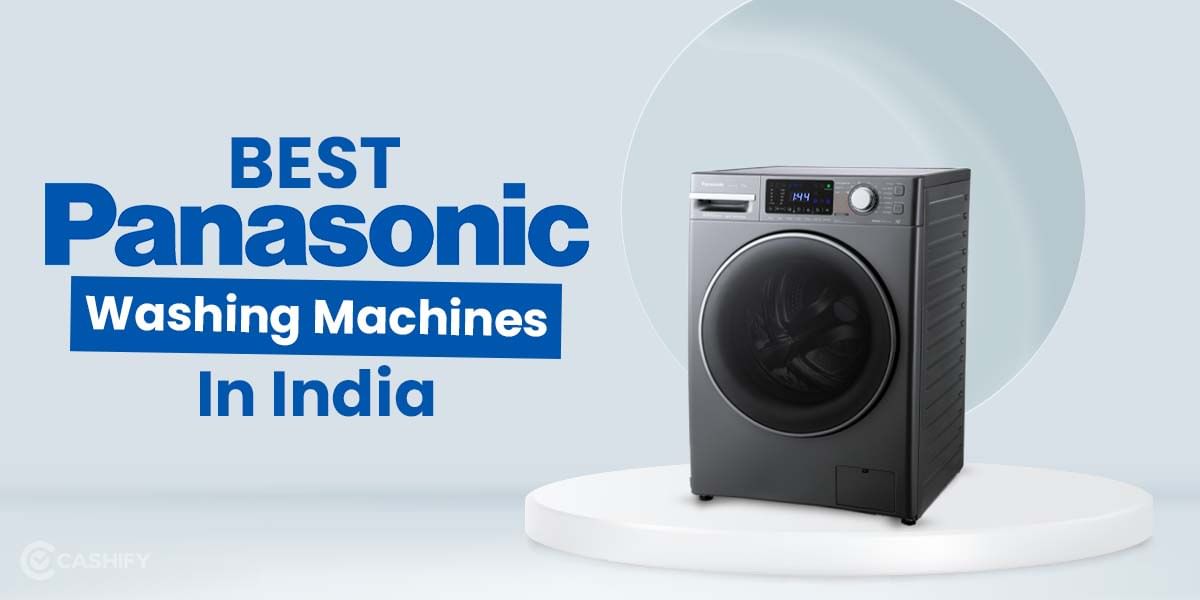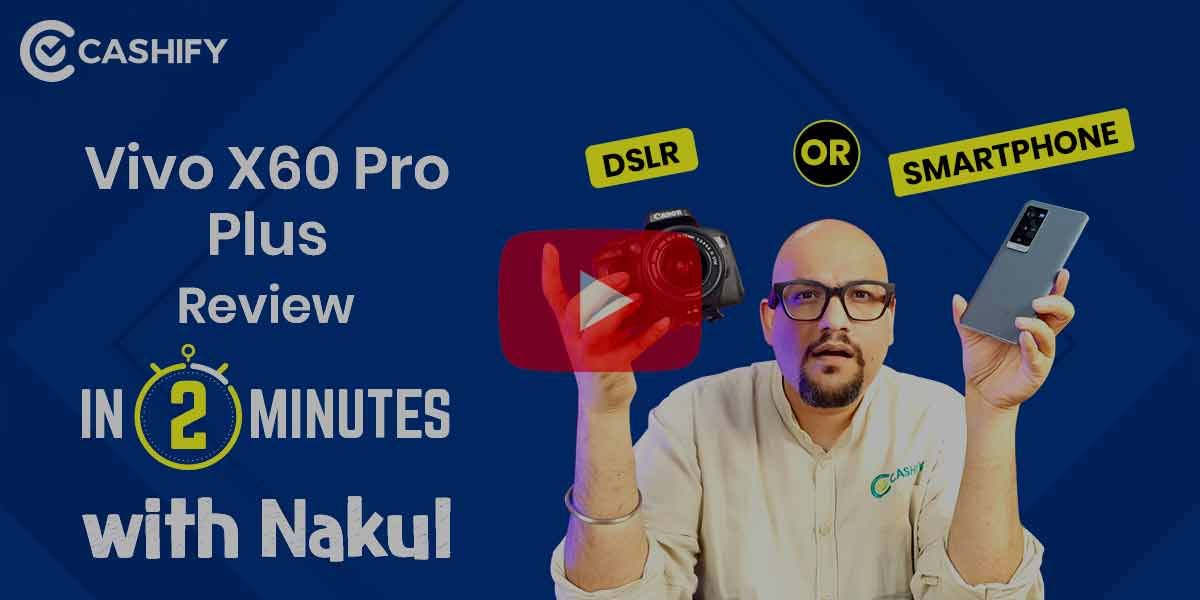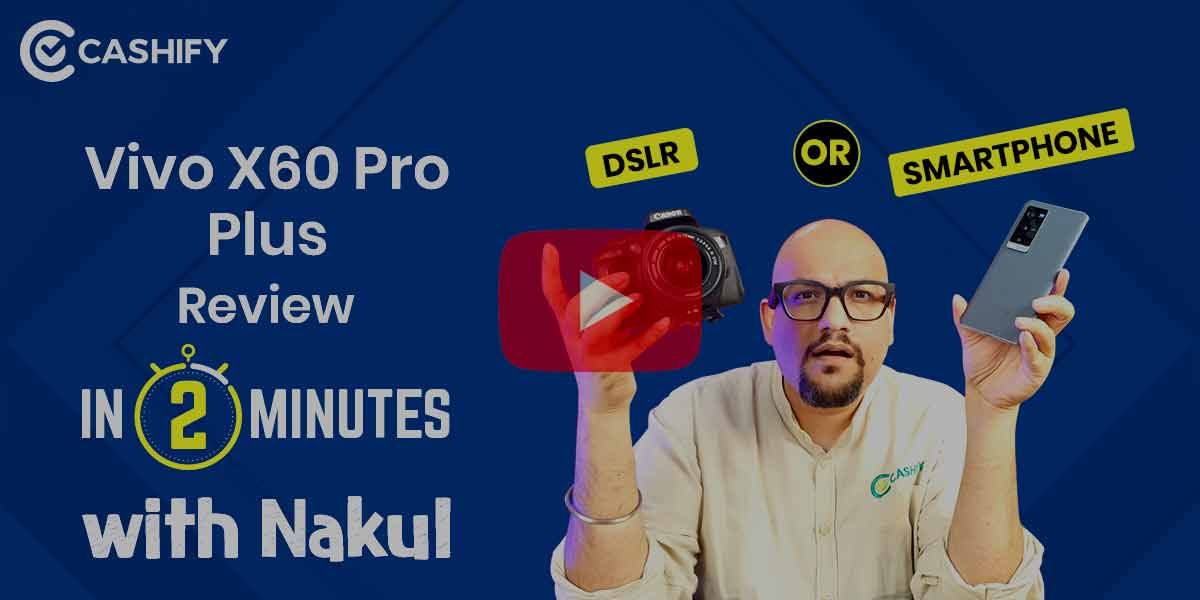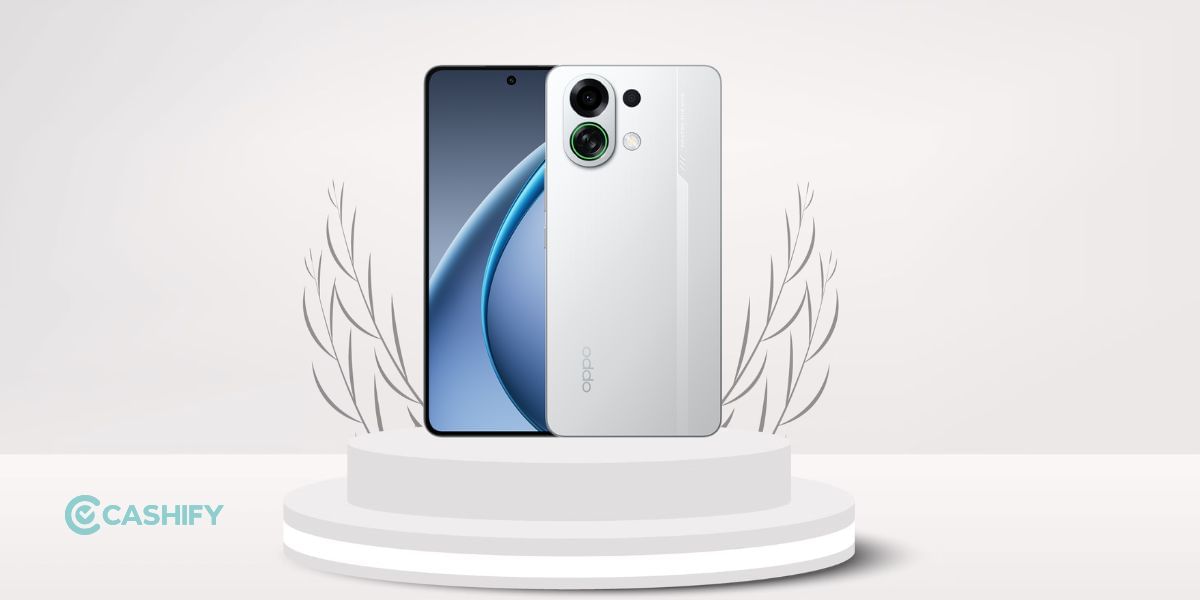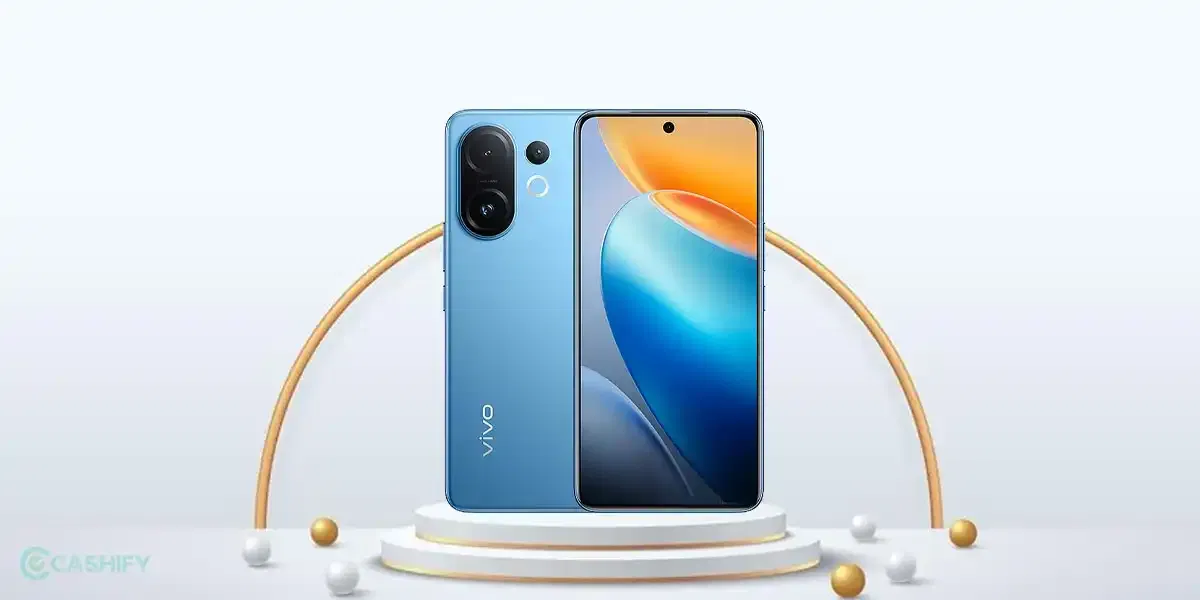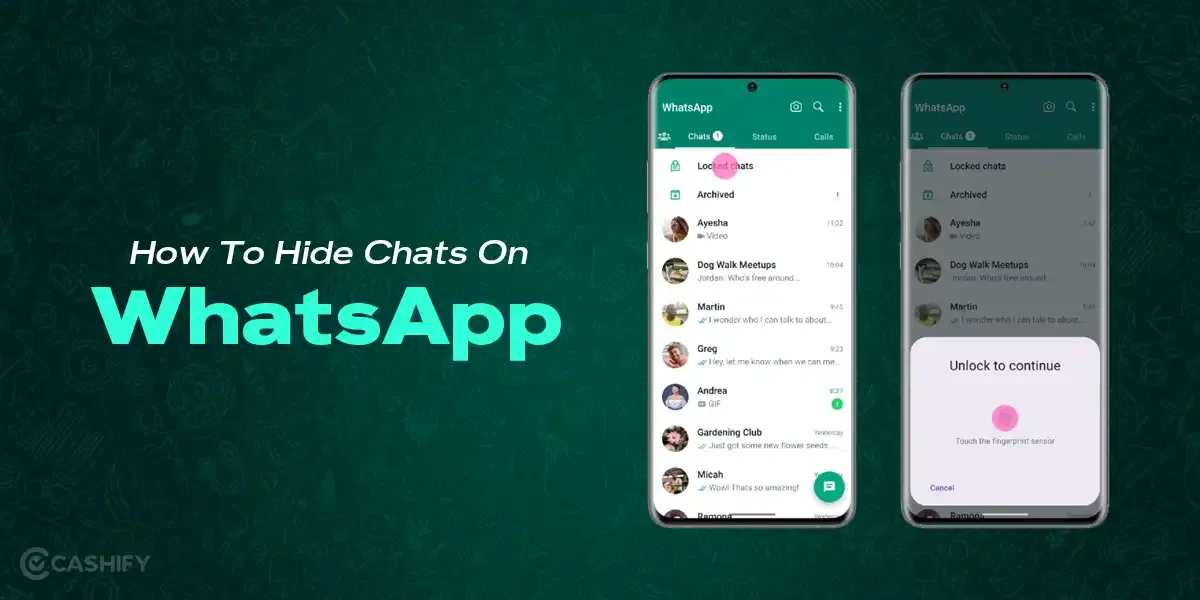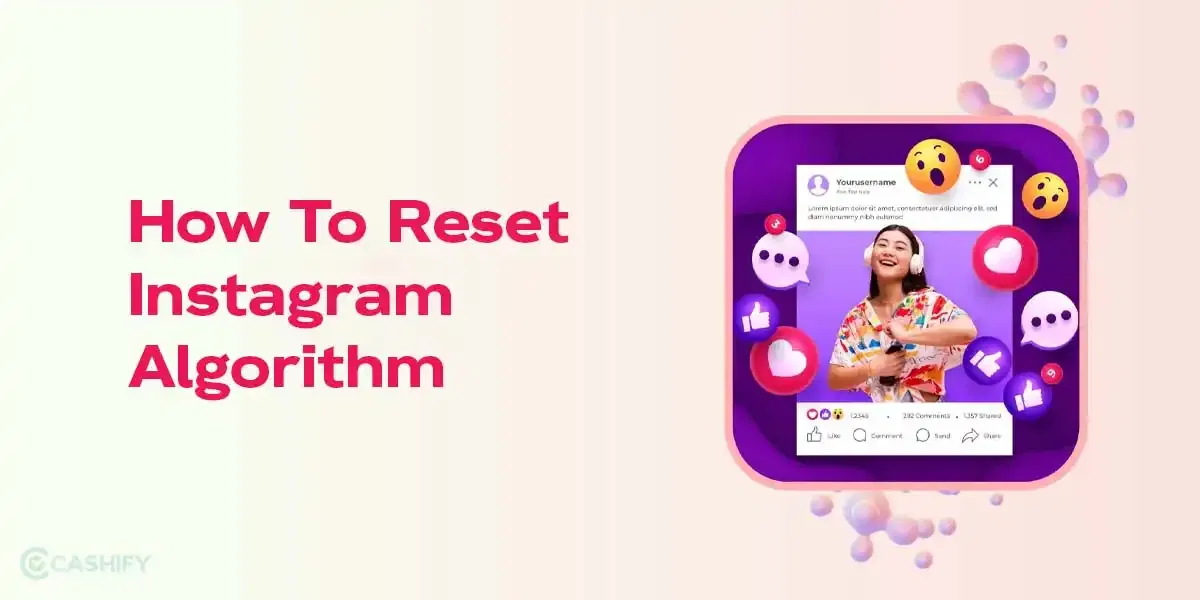Introduction
Xiaomi used to dominate over the entry-level market with its Redmi series. Still, the entry of Realme in the competition has dampened the Xiaomi’s momentum in this market for long. Realme stole a big chunk of the market from Xiaomi, and now Xiaomi is stepping out of its comfort zone to challenge all its competitors by reworking it’s design language and setting a new and robust benchmark for everyone.
We saw a change in the design language of the Remi series with the launch of Redmi 8A, which gave vibes of more premium-looking design. Don’t forget these are still budget phones, so only the look is premium, but the material isn’t.
I am sure you’re very excited to know our views on this phone and how it stands out in different aspects, so let’s get into the in-depth review of Redmi 8.
Price in India, Variant, Availability
Redmi 8 is only available in one hardware configuration of 4GB RAM and 64 of onboard storage. The storage is expandable up to 512GB using a microSD card. For color options, we have Onyx Black, Ruby Red, Sapphire Blue, and Emerald Green. I liked the Onyx Black variant very much, and that’s the unit that we are going review today.
The phone, priced at ₹10,999, but it’s being sold for a discounted price of ₹7,999 right now (at the time of writing this review). This discounted price is only for a limited time period, so if you’re planning to get your hands on this premium beautiful looking phone, then hurry up.
The Redmi 8 handset can be purchased from the online MI store and Flipkart directly as for now.
Box Contents
We got our hands on the Onyx Black review unit, and in this section, we reveal the box contents. The handset comes in a classic cuboidal box Xiaomi packaging, and the 5000mAh battery is highlighted everywhere on the package, on the back we have a “Made in India” logo which is great for our country. Inside the box, we get a Silicone protective case, SIM ejector tool, Redmi 8 handset, 10W AC adapter, USB Type-C Cable, and some documentation which no one cares about anymore.
Here is a quick overview of what you’ll be getting inside the box:
- Redmi 8
- Silicone protective case
- A USB cable (Type-C)
- 10W(5V,2A) AC adapter
- Sim ejector tool
- Documentation
Specs at a glance
Before we share our thoughts on the Redmi 8, let’s have a look at the specifications.
- Display: 6.22 inch, HD+ (1520 x 720 Pixels, 270 PPI)
- Processor: Qualcomm Snapdragon 439, octa-core 1.95 GHz
- GPU: Adreno 505 650MHz
- RAM & ROM: 4GB RAM, 64GB storage (expandable storage up to 512GB)
- Rear camera: 12MP + 2MP
- Selfie camera: 8MP
- Battery: 5000mAh
- Software: MIUI 10 base on Android 9.0
- Price: ₹10,999 (Being sold at ₹7,999 for a limited time)
With specs out of our way, let’s jump right into our detailed review.
Design and Build Quality
Xiaomi has stuck with one design for long enough, and now it’s time they thought they need to change their design and make it look more premium and attractive, not that their previous design was unattractive or miserable. Still, this time, they improved on that, and the newer devices have a much more premium feel to it. Redmi 8’s back surface is glossy and not slippery, but despite it being glossy, it is pretty resilient against fingerprint marks. However, it is still recommended to use the protective cover to protect it from scratches. It’s curved just right at the corners and is very comfortable to use.

The basic design is copied from Redmi 8A with minor changes because of hardware differences, and both the phones showcase a more premium design. It is still a budget phone, so the construction is of polycarbonate/plastic, and it’s durable enough.
The front of the headset is relatively simple in design with a minimal waterdrop notch that doesn’t take much space and a reasonably thick chin with Redmi branding on it, although everyone would have preferred the branding to be not there. The 8MP selfie camera is housed into waterdrop notch. The screen is a 6.22-inch 720p display with a decent PPI count. The display is not the best, but it falls on the higher end when considered the price. The screen is glossy, so you might face trouble when using the phone in sunlight, but an anti-reflective screen protector can solve this problem.
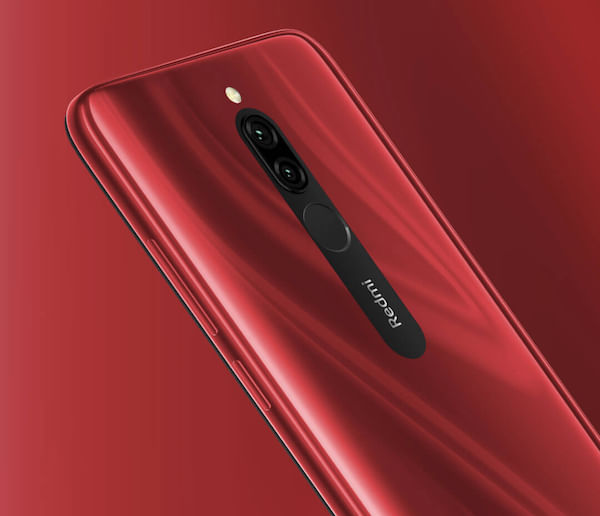
Dual camera and fingerprint module placed inside a vertical stripe in the middle of the rear, and an engraving of “Designed by Xiaomi” is also present on the rear. The location of the fingerprint scanner is near perfect, and it’s super quick as well.
I am delighted that Xiaomi has finally transitioned to USB-C ports for its entire lineup, so get ready for fast charging speed and higher data transfer rates. This phone as well continues to feature the famous IR blaster, and to top that off, Xiaomi also added a feature where you can listen to FM without plugging in the headphone, so for radio enthusiasts, that might be something to get excited.
At the bottom of the phone, we have the USB-C port, primary microphone, speaker grille, and the 3.5mm headphone jack. Xiaomi doesn’t seem to be ditching the 3.5mm jack any soon, and that’s the right decision when the target is Indian low budget market.
On the left, we have the sim tray, and on the right side, we have the volume rockers and the power button. The buttons are durable and easily accessible.
Display
The Redmi 8 comes equipped with a 6.22 inch 720p IPS display with 270 PPI, which usually is not great as the display looks blurred when seen closely because of fewer pixels. The display is glossy, so there is an issue of reflection when using in sunlight, so we would suggest using an anti-reflective screen protector to overcome this. The screen is bright enough in itself, and it is okay to watch movies and casual streaming, but the video quality is not excellent. Widevine DRM in this device is restricted to L3 so that video streaming would be at quality lower than HD, but it wouldn’t matter much as the screen itself is less than HD.
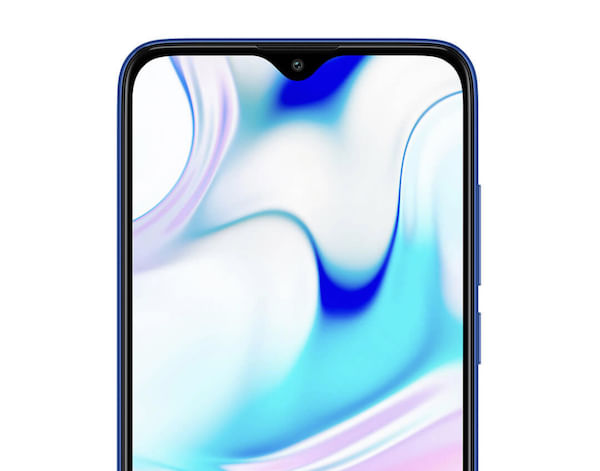
Performance
Believe it or not, but the internals of both Redmi 8 and Redmi 8A are the same. Snapdragon 439 chipset powers both the devices, which is pretty standard in entry-level devices. It is not a very powerful processor, but it can easily handle day to day tasks, and multitasking is smooth. Redmi 8 comes with a huge 4GB RAM, which enables it to keep multiple numbers of apps open in the background without the need to kill them. 64GB onboard storage is excellent, but if you are not satisfied with that too, then go on and expand it up to 512GB. The choice of the processor in Redmi 8 is interesting as it is a step back from the Snapdragon 632 we saw on the Redmi 7.
The general performance of the phone is fine, but gaming is not possible on this handset, and by gaming, I mean good games and not flappy birds or candy crush. PUBG ran on this phone at the lowest settings and lagged in that too. Asphalt 9 also suffered significant lag and was not enjoyable at all.
The performance of this device is not great, but there is an advantage for this that enables this handset to give better battery life because of a low power processor.
On the other hand, the massive 5000mAh battery lasted comfortably for 1.5 days for us, during which we took many camera samples and played some games like PUBG and Asphalt 9 and lots of online video streaming. Charging is pretty fast too; it can go from 0 to 100% in just 1.5hrs with the provided 10W charger, but with an 18W fast charger, the time reduces to almost half. It’s surprising to see how much budget hardware has evolved over the past years.
Software
This phone runs on MIUI 10, based on Android 9.0. MIUI is already a very optimized OS, which gives high performance, but in the past, MIUI started blasting users with ads even when they were not using any apps. Many users expressed their anger on many online platforms. Xiaomi finally listened to them and promised that there would be fewer ads in the future, which is a relief. As for the OS, the MIUI comes with lots of handy features and apps pre-installed like the compass, Flashlight, MIUI Store, and many more.
I am not a big fan of these Chinese custom OS. Still, out of all, we find MIUI most usable and comfortable to navigate. MIUI is well optimized and has many customization options, from gestures to the ability to switch around button layouts as well as a robust home screen customization experience, as well as support for themes. You can make the phone your own.
There are lots of pre-installed 3rd party apps like Amazon, Facebook, WPS Office, Dailyhunt, and Paytm, to name a few which can be uninstalled except the Xiaomi’s apps.
Camera
We all can agree on the fact that the camera is a crucial aspect of a smartphone. While all the smartphone manufacturers are trying to put on as many cameras as possible to attract more customers, Xiaomi stuck with a dual-camera setup for the rear one is the primary sensor while the other is depth sensor for portrait shots.

The rear dual-camera setup consists of a 12MP primary Sony IMX363 sensor and a 2MP secondary depth sensor. The primary camera uses the same lens used in Pixel 3a. Still, the picture quality is not there yet as software processing also plays a significant role in picture quality, and there is much room for improvement in the software part of the camera.
Image quality was decent from the rear camera, and we noticed that the camera had some trouble locking the focus. Outdoor shots were great with excellent details and the right colors, but indoor shots lacked details we observed. If provided perfect lighting, the pictures turned out great, but with anything less the perfect lighting, it was a hit or miss.
Portrait mode pictures from both rear camera and the selfie camera seemed nice and had proper edge detection.
As for video recording, the limit is 1080p and 30fps. Videos recorded outdoors were great and watchable, but indoor videos with low lighting were not okay. For all, we think the camera is the weakest element of Redmi 8.
Pros & Cons
Pros:
- Enormous Battery
- USB-C port
- Wireless Radio
- Affordable
Cons:
- Poor Camera
- Lot’s of bloatware
Poor processor
The Redmi 8 is a good looking and exciting device, and on paper, it seems nice too. There are many value-added features that you’ll usually don’t get at this entry-level price like USB-C port, Wireless FM, IR emitter, Gorilla Glass 5 protection, and 18W fast charging.
This device makes us realize how much budget hardware changed in recent years, and it’s fantastic. We were a bit disappointed by the camera. Still, it was mostly software issue as Google Pixel 3a is using the same hardware to get better results, so unless Xiaomi is planning on pushing a new update in the future to improve the camera, the buyers would be a bit disappointed.
We think it’s an excellent device for entry-level with a lot of mid-range smartphone features like USB C and 18W Fast charging. Still, because of a lack of raw processing power and a decent camera, we would also recommend checking some other phones similar to this like Redmi 8A, Redmi Note 7.

